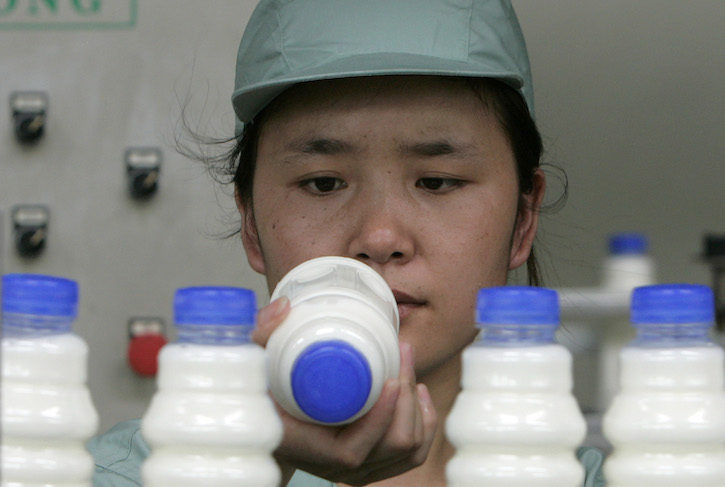
Is China’s food safety system failing? According to a new Paulson Policy Memorandum by Indiana University Professor John Kojiro Yasuda, the system is not only failing—but getting worse. Yasuda writes that this failure is the “result of the challenges of governing a system of such massive scale,” and argues that a better path exists for promoting food safety in China. Here are five insights from the memorandum:
- Concern about food safety is rising in China. Yasuda notes that food complaints increased by 22 percent from 2010 to 2011, as recorded by the China Consumer Association. A Pew Research Survey, moreover, found that food safety was a top governance concern for Chinese, and was considered a “serious problem” by 41 percent of respondents in 2012.
- A major source of the food-safety failure is China’s enormous scale. While much blame for China’s failing food safety system has been attributed to factors such as corruption, weak media oversight, or the difficulty of independent regulation in an authoritarian state, Yasuda instead emphasizes the challenges inherent in the massive size of China’s food industry—which today includes more than 240 million farmers, one million processors, and a diverse and complex number of supply chains and distributors.
- The Chinese government has developed a number of strategies to strengthen its food-safety system. These strategies include: centralization and coordination, which attempts to streamline authority; the development of Model Production Bases, which seeks to leverage diversity; food safety campaigns, which are relatively cost-effective; and regulatory segmentation, which reduces administrative complexity.
- Nonetheless, these strategies have fallen short. Centralization alienates local officials, while decentralization through Model Production Bases fails to assure that local projects comply with a national food safety system. Food safety campaigns can create regulatory uncertainty, while regulatory segmentation is difficult to scale.
- There are ways to improve the Chinese system. The path forward, according to Yasuda, could include both centralized and decentralized approaches to food safety. In practice, this could mean empowering provinces to develop their own food safety systems, while setting minimum national food safety standards that provinces would need to meet in order to trade with other provincial markets. Alternatively, the Chinese government could simply mimic federal systems, promoting food safety through non-de jure actions, such as resource sharing and information processing across different levels of government. Finally, Yasuda recommends that Beijing reevaluate its approach to standard setting, framing standards as “aspirational goals” rather than “formal targets.”


